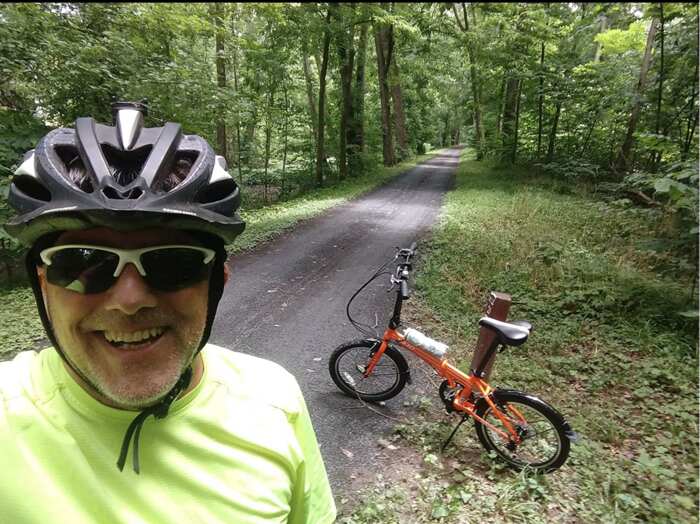In a world that constantly seeks faster and more efficient modes of transportation, electric bikes have emerged as a game-changer, combining the convenience of cycling with the added boost of electric propulsion. But just how fast can these two-wheeled wonders go? Join us as we delve into the world of electric bike speed, exploring the factors that influence their velocity and the thrilling experiences they offer.
Contents
The Need for Speed: Understanding the Basics
Before we unravel the speed capabilities of electric bikes, it’s crucial to grasp the fundamental factors at play. Electric bikes are designed to assist the rider’s pedal power, not replace it entirely. The speed of an e-bike is influenced by various components, including the motor power, battery capacity, and the type of assistance system employed.

Watts to Speed: The Power of the Motor
At the heart of every electric bike is the motor, the powerhouse that propels you forward. Motor power is measured in watts, and the higher the wattage, the more robust the assistance. Most e-bikes on the market today range from 250 to 750 watts, with high-performance models reaching even greater power levels. The motor’s ability to deliver consistent power directly impacts the speed potential of the electric bike.
Zooming Ahead: Speed Limits and Regulations
While electric bikes are celebrated for their speed, it’s essential to be aware of legal constraints. In many regions, electric bikes are subject to speed limits to ensure safety on the road. Commonly, these limits range from 20 to 28 MPH (miles per hour) or 32 to 45 kilometers per hour. Riders must acquaint themselves with local regulations to enjoy the speed of their e-bike responsibly.
Battery Life and Range: Factors Influencing Speed
The battery is the lifeblood of an electric bike, and its capacity plays a vital role in determining speed. A fully charged battery ensures optimal performance, but as the battery depletes, so does the speed.
Additionally, the overall range of an electric bike, or the distance it can cover on a single charge, is interconnected with speed. Longer ranges often correlate with consistent and efficient motor assistance.
Pedal Power vs. Throttle Control: Modes of Acceleration
The mode of acceleration also influences how fast an electric bike can go. Most e-bikes feature pedal-assist systems, where the motor kicks in as you pedal. The level of assistance can be adjusted to dictate speed.
On the other hand, some models offer throttle control, allowing riders to accelerate with a twist or push. Understanding these modes empowers riders to choose the style of acceleration that suits their preferences.
The Need for Speed: Finding Your Sweet Spot
Ultimately, the optimal speed for an electric bike is subjective and depends on individual preferences and the intended use. Commuters may prioritize a steady cruising speed, while thrill-seekers may revel in the adrenaline rush of higher velocities. The beauty of electric bikes lies in their versatility, allowing riders to find their sweet spot and enjoy the ride at their preferred pace.
Conclusion
As we navigate the electrifying world of electric bikes, it’s clear that speed is a dynamic and multifaceted aspect of the riding experience. From motor power to battery capacity and the mode of acceleration, every component plays a role in determining how fast an electric bike can go.
As technology advances and e-bike designs evolve, riders can anticipate even greater speeds and more exhilarating rides, ushering in a new era of two-wheeled exploration. So, fasten your helmet, grip the handlebars, and let the electric adventure unfold at the speed that suits your journey.
